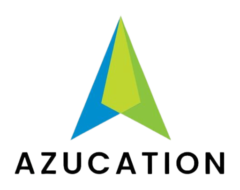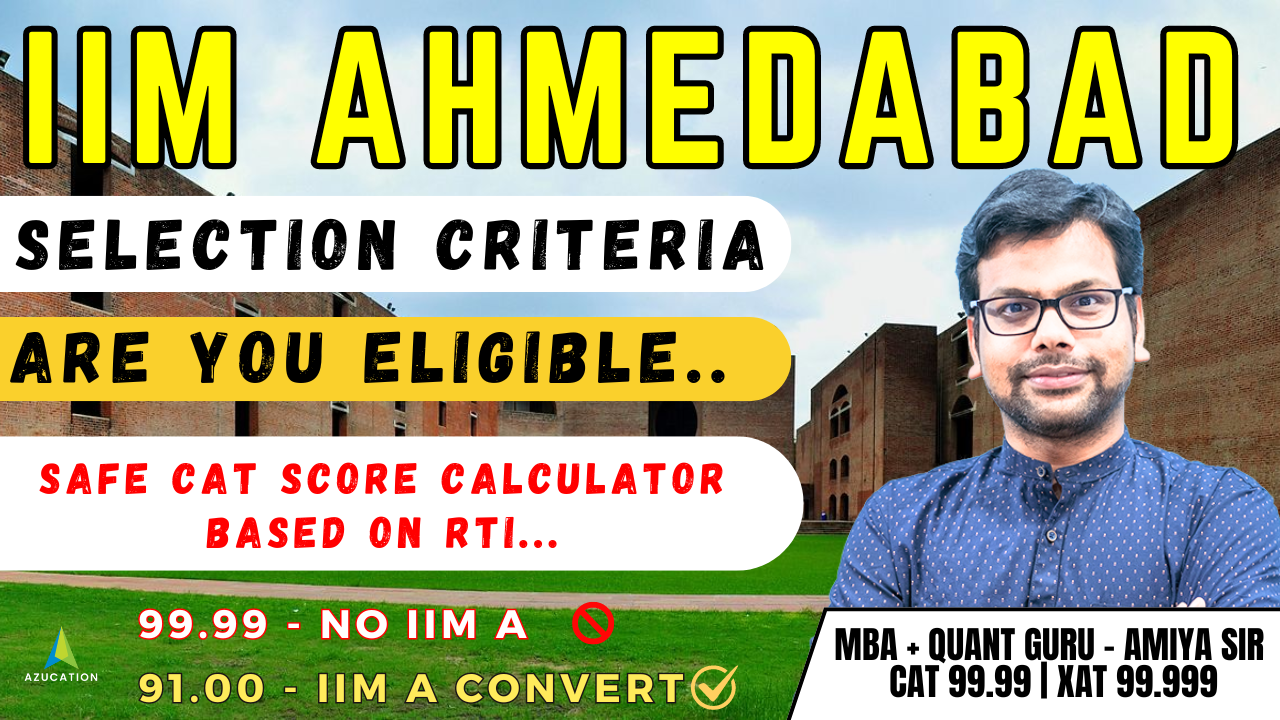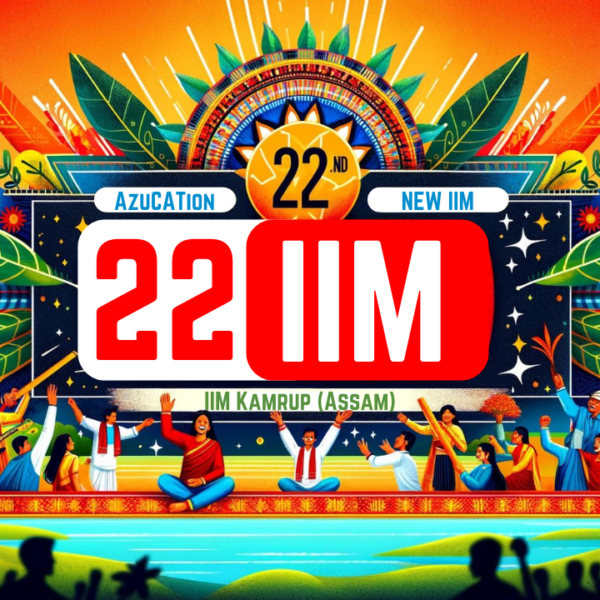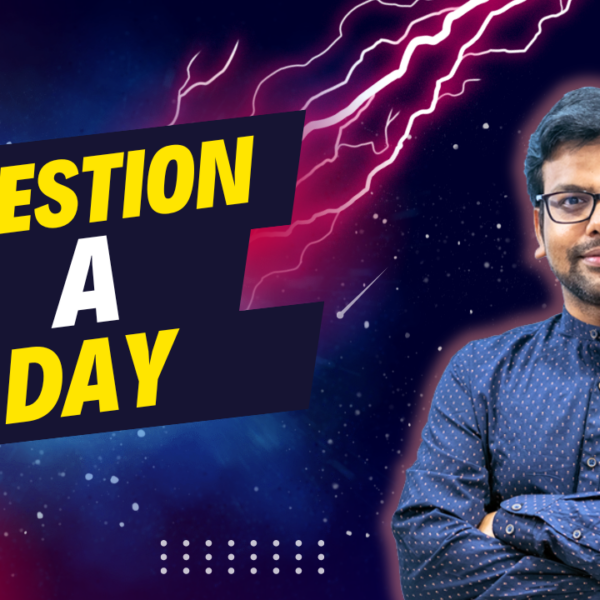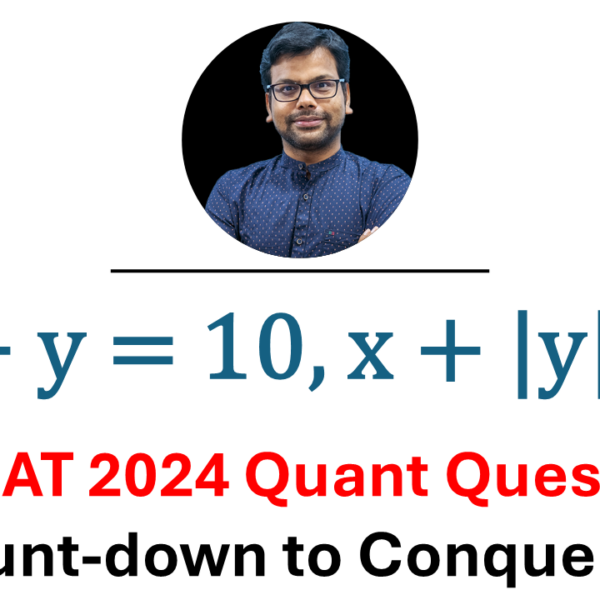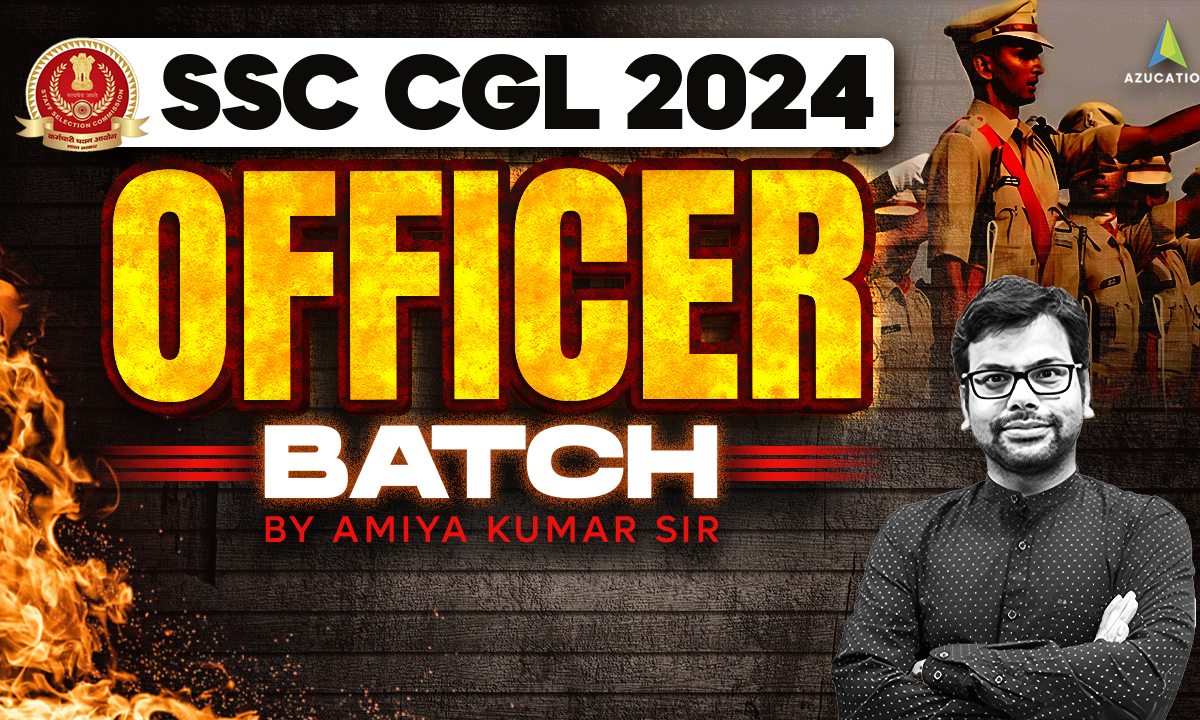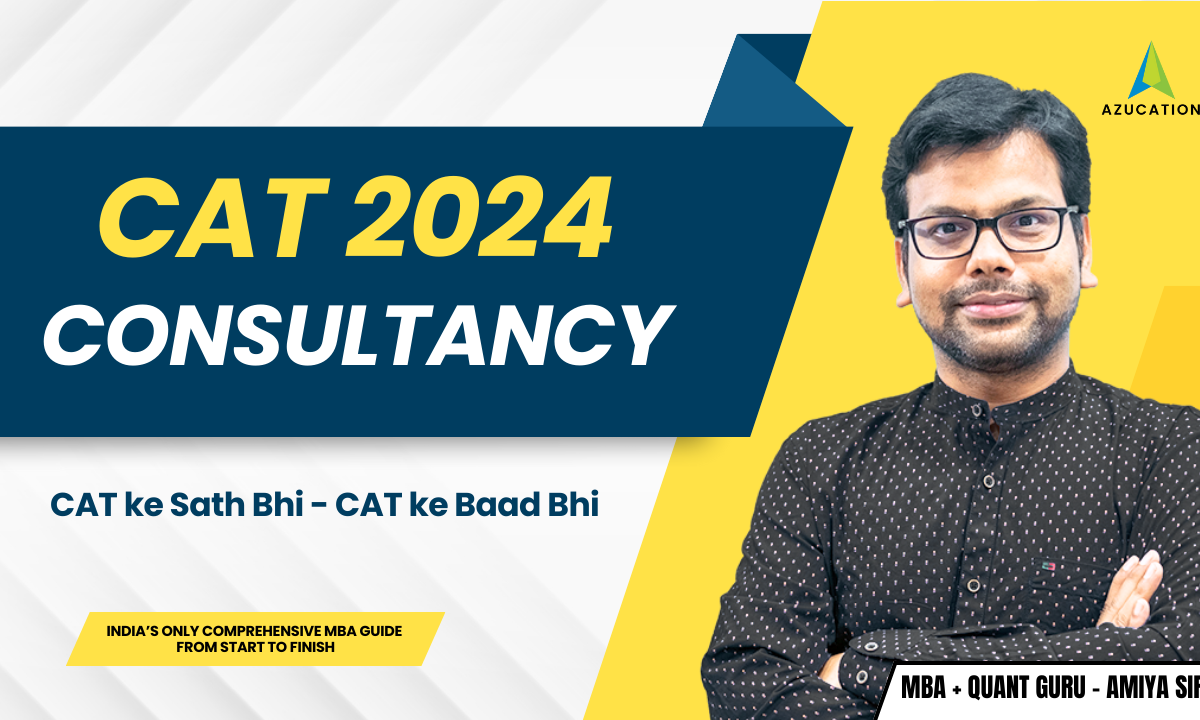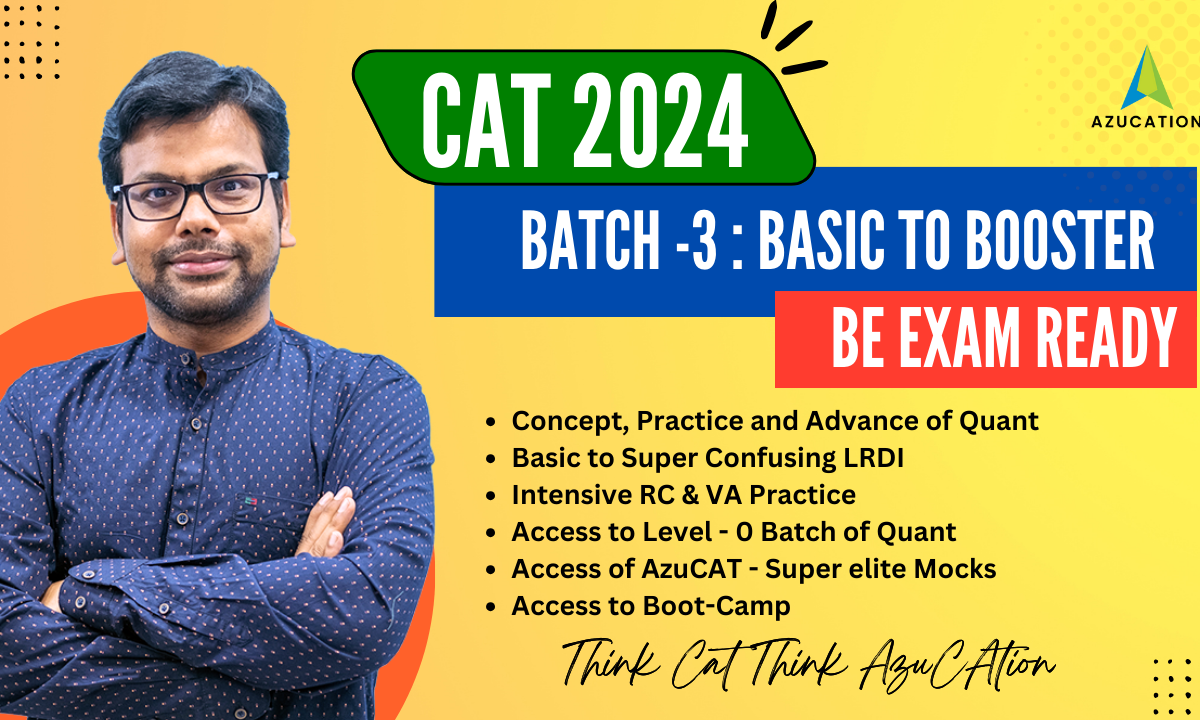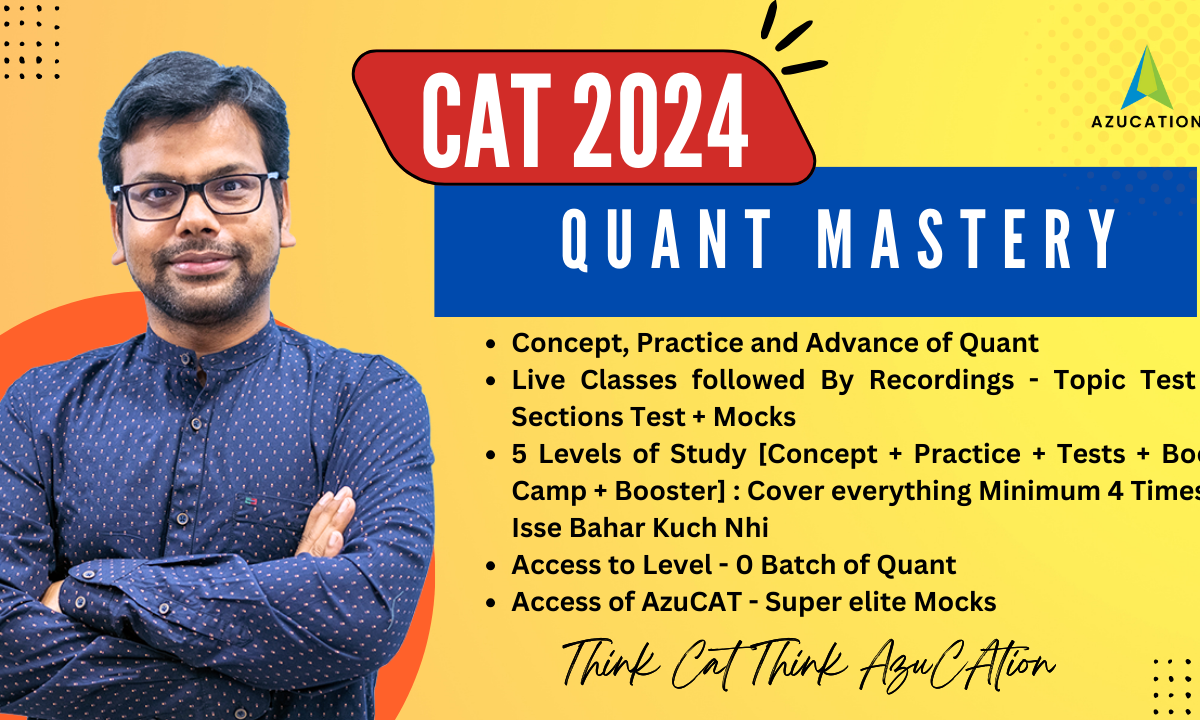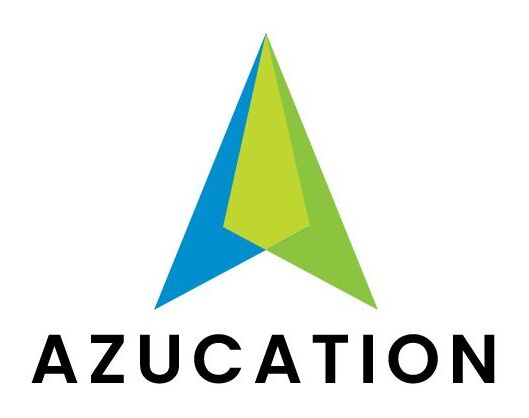IIM Ahmedabad PGP 2024-26 Call Predictor – Selection Criteria & Composite Score Calculator Based On RTI
December 21, 2023 2023-12-27 19:25IIM Ahmedabad PGP 2024-26 Call Predictor – Selection Criteria & Composite Score Calculator Based On RTI

IIM Ahmedabad PGP 2024-26 Call Predictor – Selection Criteria & Composite Score Calculator Based On RTI
Introduction:
Are you aspiring to join one of the most prestigious business schools in India, the Indian Institute of Management Ahmedabad (IIM Ahmedabad)? If so, you’re in the right place! In this blog post, we’ll delve deep into the IIM Ahmedabad selection criteria, providing you with valuable insights and tips to increase your chances of securing a spot in this renowned institution.

IIM Ahmedabad: A Brief Overview
IIM Ahmedabad, established in 1961, has consistently held a prominent position in the world of management education. Known for its rigorous academic programs, illustrious faculty, and excellent placements, it’s a dream destination for many MBA aspirants. But the road to securing a seat at IIM Ahmedabad is not an easy one. Let’s break down the selection criteria step by step.

- CAT Score:
The Common Admission Test (CAT) is the first hurdle you must clear. IIM Ahmedabad considers your CAT score as a primary parameter for shortlisting candidates for the next stages of the selection process. To maximize your chances, aim for a percentile above 99. - Academic Excellence:
IIM Ahmedabad values academic consistency. Your academic record, including your 10th, 12th, and undergraduate performance, plays a crucial role in the selection process. Maintain a high GPA to stand out. - Work Experience:
While IIM Ahmedabad does not mandate work experience, But, work-experience can give you an edge during the Personal Interview (PI) stage. - Personal Interview (PI):
The PI round is where you showcase your personality, achievements, and aspirations. Prepare thoroughly, and be ready to discuss your experiences, both academic and professional. It’s essential to communicate your passion for management education and your alignment with IIM Ahmedabad’s values. - AWT (Analytical Writing Test) :
AWT is another critical component of the selection process. It assesses your ability to express ideas concisely and coherently. - Diversity Factor:
IIM Ahmedabad values diversity in its student body. Your gender, academic background, and work experience contribute to the diversity factor. Emphasize how you can bring a unique perspective to the class.
Eligibility

Check whether are you Eligible or Not ; based on C1 & C2 criteria

IIM Ahmedabad Call Predictor & Composite Score Calculator for WAT PI

* Based on RTI data, with actual CAT score The Confidence Interval is 96% [4% error chance for those academics are in 78-8 %ile level of respective board]

If your status shows safe, and you qualify for all minimum criteria – Must Join CV 9.0 [WAT PI Course] or anyother guidance module. & If your status shows border, and you qualify for all minimum criteria – take a consultant.
Click Here To Download Score Calculator & Call Predictor


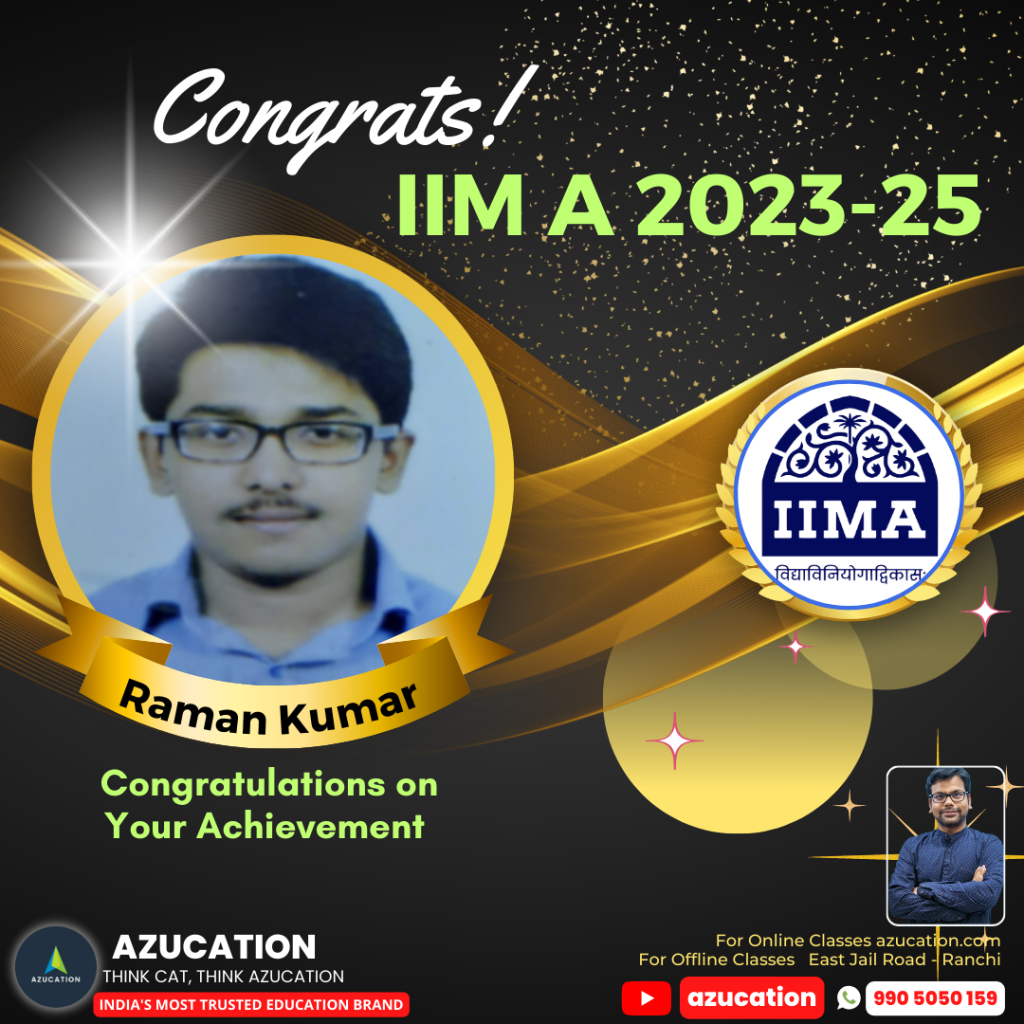

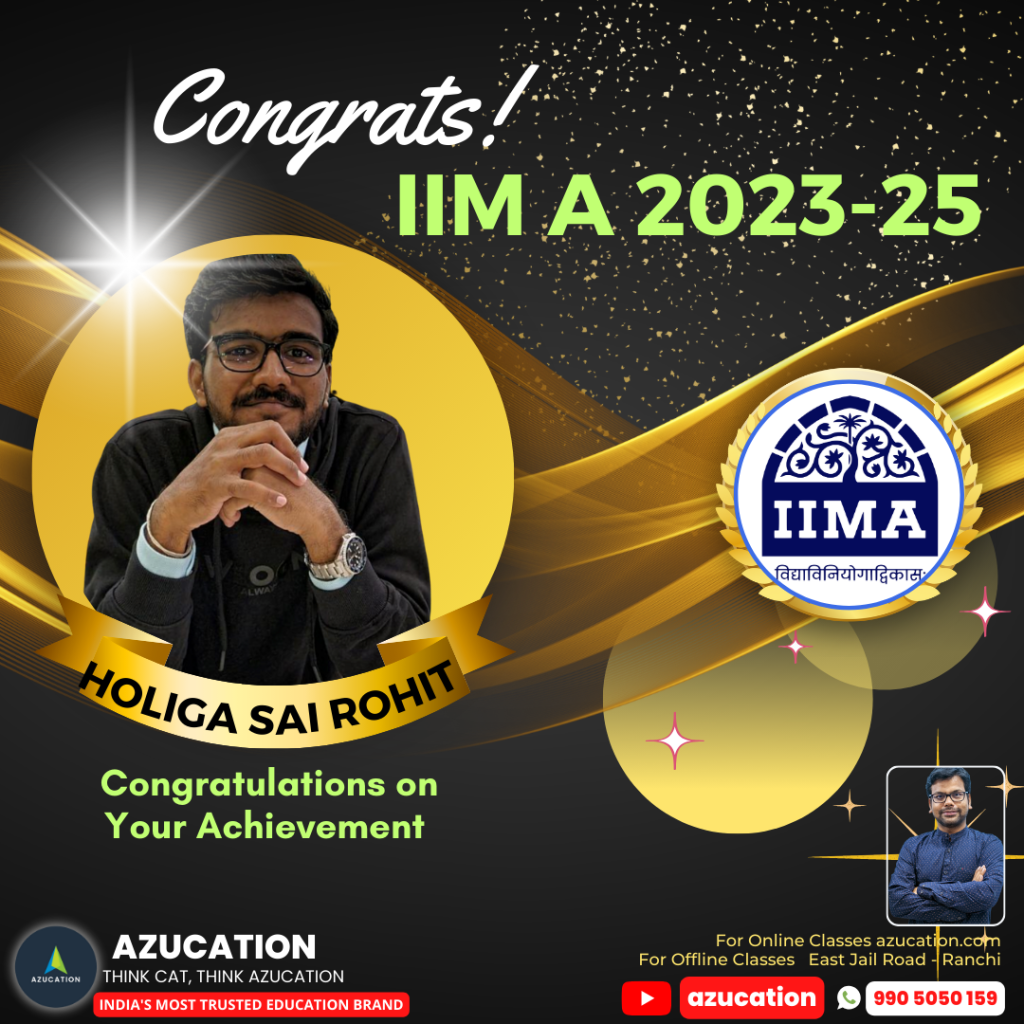








Targeting CAT 2024 |Take NST and Got Scholarship up to 100%*

The candidate must hold a bachelor’s degree, with at least 50% marks or equivalent CGPA (in case of the candidate belonging to Scheduled Caste (SC)/Scheduled Tribe (ST)/Persons with Disabilities (PwD) category, this is relaxed to 45%), of any of the universities incorporated by an act of the central or state legislature in India or other educational institutions established by an act of Parliament or declared to be deemed as a university under section 3 of UGC Act, 1956, or possess an equivalent qualification recognized by the Ministry of HRD, Government of India. The bachelor’s degree or equivalent qualification obtained by the candidate must entail a minimum of three years of education after completing higher secondary schooling (10+2) or equivalent. The percentage obtained by the candidate in the bachelor’s degree would be based on the practice followed by the institution/university from where the candidate has obtained the degree. In case of the candidate being awarded grades/CGPA instead of marks, the equivalence would be based on the equivalence certified by the institution/university from where they have obtained the bachelor’s degree. In case the institution/university does not have any scheme for converting the CGPA into equivalent marks, the equivalence would be established by IIMA by dividing the obtained CGPA by the maximum possible CGPA and multiplying the resultant by 100.
A candidate appearing for the final year bachelor’s degree/equivalent qualification examination and those who have completed the degree requirements and are awaiting results can also apply. Such a candidate must produce a certificate from the principal/head of the department/registrar/director of the institution/university certifying that the candidate is currently in the final year/is awaiting final results and has obtained at least 50% marks or equivalent (45% in case of the candidate belonging to SC/ST/PwD category) based on latest available grades/marks. Such a candidate, if selected, will be allowed to join the programme provisionally only if they submit a certificate latest by June 30, 2024 from the principal/head of the department/registrar/director of the institution/university (issued on or before June 30, 2024) stating that they have completed all the requirements (the result may, however, be awaited) for obtaining the bachelor’s degree/equivalent qualification on the date of issue of the certificate. Their admission will be confirmed only when the candidate submits the mark-sheet and a certificate of having passed the bachelor’s degree/equivalent qualification referred to in the certificate issued by the principal/head of the department/registrar/director of the institution/university with at least 50% marks (45% in case of the candidate belonging to SC/ST/PwD category). It is mandatory for a final year student, who is provisionally admitted, to submit the mark-sheet and degree certificate of the final year bachelor’s degree examination held on or before June 30, 2024 (including supplementaries, if any), to be eligible for admission to the Post Graduate Programme (PGP) Batch 2024-26. The deadline for submission of the mark-sheet and the certificate is December 31, 2024. Non-fulfillment of this condition will automatically result in the cancellation of the provisional admission. IIMA would not allow any candidate to join its PGP in case the candidate is unable to complete all the requirements for a bachelor’s degree on or before June 30, 2024.
Admission/Selection Process
Admission/Selection Process for Candidates for PGP at IIMA through CAT-2023
The selection of the candidates for admission to the 2024-26 Batch of the PGP at IIMA is a two-step process.
In the first step, candidates are short-listed for Analytical Writing Test (AWT) and Personal Interview (PI) from among the candidates who have a valid CAT-2023 score, who have applied to the programme and who satisfy the eligibility criteria for the programme described as below.
Important Note: Foreign nationals (foreign passport holders) staying in India must take the current version of the GMAT Exam (NOT GMAT Exam – Focus Edition) administered in the test centre and apply through Supernumerary Quota category. For details, please visit the URL
https://iima.ac.in/index.php/academics/mba/admissions/international
Shortlisting and Selection[1] Criteria for PGP 2024-26 batch
1. Preliminary Screening
In CAT-2023 there will be three sections, viz., ‘Quantitative Ability’ (QA), ‘Data Interpretation & Logical Reasoning’ (DILR) and ‘Verbal Ability and Reading Comprehension’ (VARC). Only the candidates above the following minimum cut-offs in the sectional percentile ranks, the overall percentile rank and obtaining a positive (greater than zero) raw score in all sections of CAT-2023 will be considered for all the subsequent stages.
Table 1: Minimum Cut-offs of CAT-2023 Percentile Ranks
| Category | Verbal Ability and Reading Comprehension percentile rank (PVARC) | Data Interpretation & Logical Reasoning percentile rank (PDILR) | Quantitative Ability percentile rank (PQA) | Overall percentile rank (PT) |
| General, EWS | 70 | 70 | 70 | 80 |
| NC-OBC-cum-transgender | 65 | 65 | 65 | 75 |
| SC | 60 | 60 | 60 | 70 |
| ST | 50 | 50 | 50 | 60 |
| PwD (General, EWS, NC-OBC-cum-transgender, SC) | 60 | 60 | 60 | 70 |
| PwD (ST) | 50 | 50 | 50 | 60 |
Legend: Economically Weaker Sections (EWS), Scheduled Castes (SC), Scheduled Tribes (ST), Non-creamy Other Backward Castes (NC-OBC), Persons with disabilities (PwD).
At different stages of the selection process ‘Application Rating’ (AR) score of an applicant will be used. An applicant’s AR score is the sum of the rating scores ‘A’, ‘B’, ‘C’ and ‘D’ (Tables 2-5) based on their percentage of marks obtained in the 10th standard, the 12th standard (depending upon the stream, viz., ‘Science’, ‘Commerce’ and ‘Arts & Humanities’), the bachelor’s degree programme (depending upon the discipline) and work experience (as on July 31, 2023) respectively. For different streams/disciplines the equivalent ARs are arrived at by using a (sort of) percentile equivalence of the score distributions using previous year’s CAT data. For details of academic disciplines, please refer to Table 8.
Table 2: Rating Scores for the 10th Std. Examination (Rating Score A)
| Percent score in 10th Std. Exam | Rating Score A |
| <= 55 | 1 |
| > 55 and <= 60 | 2 |
| > 60 and <= 70 | 3 |
| > 70 and <= 80 | 5 |
| > 80 and <= 90 | 8 |
| > 90 | 10 |
Table 3: Rating Scores for the 12th Std. Examination (Rating Score B)
| Science Stream | Commerce Stream | Arts/Humanities Stream | |||
| Percent score in 12th Std. Exam | Rating Score (B) | Percent score in 12th Std. Exam | Rating Score (B) | Percent score in 12th Std. Exam | Rating Score (B) |
| <= 55 | 1 | <= 50 | 1 | <= 45 | 1 |
| > 55 and <= 60 | 2 | > 50 and <= 55 | 2 | > 45 and <= 50 | 2 |
| > 60 and <= 70 | 3 | > 55 and <= 65 | 3 | > 50 and <= 60 | 3 |
| > 70 and <= 80 | 5 | > 65 and <= 75 | 5 | > 60 and <= 70 | 5 |
| > 80 and <= 90 | 8 | > 75 and <= 90 | 8 | > 70 and <= 85 | 8 |
| > 90 | 10 | > 90 | 10 | >85 | 10 |
Table 4: Rating Scores for the Bachelor’s Degree Examination (Rating Score C)
| AC-1 | AC-2 | AC-3 | |||||
| Percent score in Bachelor’s Degree | Rating Score C | Percent score in Professional courses | Rating Score C | Percent score in Bachelor’s Degree | Rating Score C | ||
| <= 55 | 1 | <= 50 | 1 | <= 55 | 1 | ||
| > 55 and <= 60 | 2 | > 50 and <= 53 | 2 | > 55 and <= 60 | 2 | ||
| > 60 and <= 62 | 3 | > 53 and <= 55 | 3 | > 60 and <= 65 | 3 | ||
| > 62 and <= 65 | 5 | > 55 and <= 57 | 5 | > 65 and <= 70 | 5 | ||
| > 65 and <= 70 | 8 | > 57 and <= 63 | 8 | > 70 and <= 80 | 8 | ||
| > 70 | 10 | > 63 | 10 | > 80 | 10 | ||
| AC-4 & AC-6 | AC-5 | |||
| Percent score in Bachelor’s Degree | Rating Score C | Percent score in Bachelor’s Degree | Rating Score C | |
| <= 60 | 1 | <= 50 | 1 | |
| > 60 and <= 65 | 2 | > 50 and <= 55 | 2 | |
| > 65 and <= 70 | 3 | > 55 and <= 60 | 3 | |
| > 70 and <= 75 | 5 | > 60 and <= 65 | 5 | |
| > 75 and <= 85 | 8 | > 65 and <= 75 | 8 | |
| > 85 | 10 | > 75 | 10 | |
Table 5: Rating Scores for Work Experience (Rating Score D)
| Work Experience in Month (as filled in the CAT Application Form) | Rating Score D |
| < 12 months | 0 |
| >= 12 and <= 36 months | MF * (number of months of work experience – 11) |
| > 36 months | 5 |
| Work-experience Multiplication Factor (MF) = 0.20 | |
Application Rating Score: AR= (A+B+C+D)
Normalised AR score of an applicant is equal to their AR score divided by average of the top 50 AR scores from the applicants’ pool, (the applicants’ pool in this case being defined as the group of candidates who appear for CAT-2023 and apply to IIMA.)
Notes about the marks obtained:
- Percentages of marks of an applicant who is yet to complete the bachelor’s degree will be computed based on their available marks.
- For a candidate having cleared CA/ICWA/CS or Fellow of the Institute of Actuaries of India (FIAI) of without having a bachelor’s degree, the aggregate final percentage of marks of all the levels examinations obtained and as entered in the CAT application form would be treated as their available marks.
- For computing the AR score of an applicant, scores in all subjects that appear in their marks-sheet of 10th and 12th Std. examinations will be considered irrespective of whether the board considers them for calculating the percentage.
- For the bachelor’s degree, the percentage of marks awarded by the candidate’s institution/university will be treated as final. If the institution/university does not award the percentage of marks, it will be calculated on the basis of the marks obtained in all the subjects listed in the marks-sheet.
- For the bachelor’s degree, if the percentage of marks awarded by the candidate’s institution/university does not take into account marks obtained in all the subjects as mentioned in the marks-sheet(s) for all the years, the candidates must produce a certificate from the principal/head of the department/registrar/director of the institution/university certifying details of the practice at the institution/university at the time of the interview, if shortlisted for the same.
- If any board/institution/university awards only letter grades without providing an equivalent percentage of marks on the grade-sheet, the candidate should obtain a certificate from the board/institution/university specifying the equivalent marks which should be used for filling the online CAT application form. The original equivalence certificate needs to be submitted at the time of interview, if shortlisted for the same.
- For candidates having undergone/completed an integrated master’s degree or dual degree directly after their 12th/HSC, the percentage of marks obtained as per their institute/university norms which is considered as equivalent to bachelor’s degree will be considered. For those undergoing (yet to complete) an integrated master’s degree or a dual degree directly after their 12th/HSC, the percentage of marks, similarly obtained, for the years/semesters completed till the date of application for CAT will be considered.
2. Shortlisting for Analytical Writing Test (AWT) & Personal Interview (PI)
Shortlisting will be carried out in two stages.
Stage 1: (From the Applicants’ pool: Selection of exceptional performers across different disciplines)
IIMA endeavours to recognise exceptional performers in terms of their previous academic records as well as their performance in CAT across diverse academic backgrounds. Towards that, a certain number of top candidates from each of the academic disciplines will be shortlisted for AWT & PI on the basis of their composite score ‘CS’ (see below) subject to their fulfilling certain criteria.
From each of the academic categories (AC) for which the total number of applicants to IIMA who appear for CAT-2023 from SC/ST/NC-OBC/PwD categories is at least 100, the top 5% in the respective AC limited to the respective categories (General/SC/ST/NC-OBC/PwD) among the applicants to IIMA who appear for CAT-2023, henceforth referred to as ACRC groups, (subject to upper limits on the numbers per ACRC group as specified in Table 6) will be shortlisted for AWT & PI on the basis of the composite score ‘CS’ (see below) subject to their fulfilling criteria C1-C3.
| CS (Composite Score) = ARF_CS * Normalised AR score + CATF_CS * Normalised overall score in CAT-2023 |
| Application Rating Multiplication Factor for Composite Score (ARF_CS) = 0.35; CAT Multiplication Factor for Composite Score (CATF_CS) = 0.65 |
Table 6a: The upper limits (UL) on the number of candidates to be shortlisted per RC for AC-1, AC-2, AC-3, AC-5
| Category | Upper Limit (UL) Per ACRC[2] |
| General | 100 |
| NC-OBC/Transgender | 57 |
| SC | 32 |
| ST | 16 |
| PwD | 6 |
Table 6b: The upper limits (UL) on the number of candidates to be shortlisted per RC for AC-4
| Category | Upper Limit (UL) Per ACRC[3] |
| General | 150 |
| NC-OBC/Transgender | 85 |
| SC | 48 |
| ST | 24 |
| PwD | 9 |
[1] IIM Ahmedabad reserves the right to make changes in the Shortlisting and Selection Criteria, if considered necessary at any point.
[2] 5% or the numbers given in Table 6a, whichever are smaller.
[3] 5% or the numbers given in Table 6b, whichever are smaller.
Criteria C1-C3: :
C1. PVARC, PDILR, PQA and PT must not be lower than the minimum cut-offs as specified in Table 1.
C2. P ≥ Minimum cut-offs (specific to the category and the stream as shown in Table 7), where P is the average of the percentages of marks scored in 10th and 12th std. examinations.
Table 7. Minimum cut-off for P across different disciplines and different categories
| Stream in 12th std. | General, EWS Category | NC-OBC / Transgender Category | SC Category | ST Category | PWD (General, EWS, NC-OBC / Transgender, SC) | PWD (ST) |
| Science | 80 | 75 | 70 | 65 | 70 | 65 |
| Commerce | 77 | 72 | 67 | 62 | 67 | 62 |
| Arts & Humanities | 75 | 70 | 64 | 59 | 64 | 59 |
C3. (Percentage of marks in the bachelor’s examination) ≥ Minimum cut-off percentage, to be set at the 80th percentile of the percentage of marks of the respective ACRC group of the applicants’ pool, (the applicants’ pool in this case being defined as the group of candidates who appear for CAT-2023, apply to IIM Ahmedabad and belong to the respective ACRC.)
Any AC, for which the total number of applicants to IIMA who appear for CAT-2023 from SC/ST/NC-OBC/PwD categories is less than 100, will not be subdivided into ACRCs as above. For such an AC, the top 100 or the top 5% in the respective AC among all the applicants to IIMA who appear for CAT-2023, whichever is less,will be shortlisted for AWT & PI on the basis of the composite score ‘CS’ (see above) subject to their fulfilling criteria C4-C6.
C3. Percentage of marks in the bachelor’s examination ≥ Minimum cut-off percentage, to be set at the 80th percentile of the percentage of marks of the respective ACRC group of the applicants’ pool (as per the table given below).

Criteria C4-C6:
C4. PT ≥ 80, PQA ≥ 70, PDILR ≥ 70and PVARC ≥ 70.
C5. P ≥ 80 (Science), 77 (Commerce), 75 (Arts/Humanities), where P is the average of the percentages of marks scored in the 10th and 12th std. examinations.
C6. (Percentage of marks in the bachelor’s examination) ≥ Minimum cut-off percentage, to be set at the 80th percentile of the percentage of marks of the respective AC group of the applicants’ pool, (the applicants’ pool in this case being defined as the group of candidates who appear for CAT-2023, apply to IIM Ahmedabad and belong to the respective AC.)
Note: For AC 1, separate short-lists will be drawn, computing the Composite Score (CS) using a separate bachelor’s degree 80th percentile cut off marks (C3 & C6 criteria) of Part I & Part II respectively.
Stage 2: After removing the candidates selected in Stage 1 from each category (General, NC-OBC, SC, ST and PWD) the additional number of candidates to be shortlisted for AWT & PI will be selected on the basis of the composite score ‘CS’ (see above) subject to their fulfilling criteria C1-C2.
3. Final Selection
Selection at this stage will strictly be based on the shortlisting of the candidates done separately for each category (General/SC/ST/NC-OBC/PwD) on the basis of their ‘Final Composite Score’s (FCS). The numbers selected in different reservation categories will be in proportions mandated by law.
The FCS of a candidate who appears in AWT & PI will be computed as follows:
| FCS = PIF * Normalised PI Score + AWTF * Normalised AWT Score + CATF_FCS * Normalised CAT Score + ARF_FCS * AR |
| Personal Interview Multiplication Factor (PIF) = 0.50 AWT Multiplication Factor (AWTF) = 0.10 CAT Score Multiplication Factor for Final Composite Score (CATF_FCS) = 0.25 Application Rating Multiplication Factor for Final Composite Score (ARF_FCS) = 0.15 |
The normalised PI and AWT scores of a candidate are their scores in the respective field divided by the average of the top 1% scores in the same field respectively.
The following information is about the admission process followed by IIMA for its PGP subsequent to CAT. It is therefore, important for the candidates to read them carefully.
- Performance in CAT is an important input in the admission process. Candidates should note that it is important to perform well in each section of the test. In addition to the performance in CAT, IIMA uses academic performance of the candidates throughout their academic career up to the bachelor’s level for shortlisting for AWT & PI.
- Please note that IIMA shortlists candidates for AWT & PI independent of the other IIMs. Hence it is possible to observe variations in the lists of the candidates shortlisted by different IIMs.
- Details of the candidates shortlisted will be made available on the IIMA website (www.iima.ac.in) tentatively by the second week of January, 2024 after the CAT results are published. Shortlisted candidates would also be sent AWT & PI call letters by IIMA. No communication would be sent to applicants who are not shortlisted for AWT & PI.
- After the AWT & PI round, admission offers are made by IIMA to successful candidates. The final selection is based on a diverse set of attributes which includes performance in CAT, performance in AWT & PI, academic, co-curricular and extra-curricular achievements, work experience etc. All selected candidates for the IIMA two-year PGP program must be of 19 years of age as on June 30, 2024.
- Disclosure of information about the admission process is driven by concerns which at times conflict with each other. IIMA would like the admission process to be transparent. At the same time, IIMA would wish to protect the privacy of the individual candidates and confidentiality of the process to prevent abuse. Based on these considerations, the details of the performance of an individual are not made available to any other person. Similarly, the details of the performance of a candidate in AWT & PI, including assessment of attributes mentioned under paragraph 4 above, is not disclosed to anyone to prevent exercise of undue pressure on the panelists participating in the admission/selection process. IIMA exercises its own discretion in disclosing weights assigned to diverse sets of attributes mentioned under paragraph 4 above. To ensure that the perceived lack of transparency does not in any way affect the candidates negatively, adequate care is taken in formation of the interview panels, development of objective criteria for assessment, random allocation of candidates to interview panels and other such measures.
- Candidates, who appear in AWT & PI will be able to view whether they have been offered admission by IIMA tentatively during the second week of April, 2024 by visiting the IIMA website. Admission offer letter would be sent to all successful candidates. Candidates, who are offered admission, need to confirm their acceptance by completing all the required formalities by the first/second week of May, 2024. Some candidates may also be placed on the waiting list initially during the second week of April, 2024. Offers to candidates on the waiting list would depend upon the number of successful candidates accepting the offer made by IIMA.
Note:
In the event of specific guidelines being issued by the Government of India, IIMA reserves the right to, depending on the nature of the guidelines, continue with its AWT & PI as stated above OR use an alternative selection procedure which may include calling for additional information from the shortlisted candidates, a supplementary test or any other suitable process/mechanism. Care will be taken to ensure that candidates are not put to undue inconvenience.
The exact cut-offs mentioned above are computed based on the previous years’ CAT data. It depends on various factors like the applicants’ pool, the distribution of CAT scores etc. which may change year to year. In view of this fact the Admissions Committee of IIMA reserves the right of changing the cut-offs if deemed desirable in the light of CAT-2023 data.
Table 8. Categories for bachelor’s degree/integrated master’s degree (as per CAT Application)
| AC-1 (Medicine and Surgery based subjects):Part I: MBBS, MD (USA)Part II: BAMS, BDS, BHMS |
| AC-2 (Selected Professional Degrees): Chartered Accountancy (CA), Cost and Works Accountancy (ICWA), Company Secretaryship (CS), Fellow of the Institute of Actuaries of India (FIAI) |
| AC-3 (All Commerce, Economics, Finance and Management Related Degrees): Including BAF, BBA, BBE, BBI, BBM, BBS, BCAF, BCCA, BCOM, BFIA, BFM, BHM, BHMCT, BIBF, BMS (Bachelor of Management studies) and BSBA degrees.In particular, includingEconomics/Economic Development and PlanningAny degree in Hospitality/Hospitality Studies, Catering/Catering Technology, Hotel, Travel and Tourism Management, Tourism Studies and any other related discipline.Commerce (Accountancy, Auditing, Banking, Business Mathematics, Business Organisation, Finance, Insurance, Investment Analysis, Public Finance, Secretarial Practices etc.)Management (Advertising, Agriculture and Food Business, Agribusiness Management, Agriculture Marketing and Cooperation, Agriculture and Rural and Tribal Development, Business Administration, Business Management, Business Studies, Commercial Agriculture and Business Management, Entrepreneurship, Management Studies, Sports Management, Real Estate and Urban Infrastructure, Renewable Energy Management, Oil and Gas Management, Production and Industrial Management)Any other vocational degree in commerce and management. |
| AC-4I. (All Engineering, Technology and Architecture related Areas): Including BARCH, BE, BIT, BINFTECH, BS (ENG)/ BSC (ENG), BTECH and integrated MTECH degrees (Excluding all degrees in Accessories Design/Apparel Production/Design/Fashion Communication/Fashion Design/Fashion Technology/Interior Design/Knit Wear Design/Leather Design/Jewelry Design/Footwear Design, and BS/BSC degrees in Information Technology). In particular, includingAgricultural Engineering/ Dairy Technology/ Food TechnologyArchitectureBE/BS (ENG)/BSC (ENG)/BTECH/integrated MTECH degrees in Biosciences, Geological Sciences, Information Technology, Mathematical Sciences and Natural SciencesBE/BS (ENG)/BSC (ENG)/BTECH/integrated MTECH in all Engineering/Technology and related areas, including subjects like Chemical Technology, Electronics, Engineering Physics etc.Textile Engineering/TechnologyOthers: All other fields where BE/BS (ENG)/BSC (ENG)/BTECH/integrated MTECH degrees are awarded, not explicitly included or excluded elsewhere in the list. II. (Science and Agriculture related Areas, other than Medicine and Surgery): Including all BS/BSC and integrated MS/MSC (excluding degrees in Apparel Design, Economics, Fashion Design, Journalism, and Leather Design). Also including degrees in paramedical, veterinary degrees.In particular, includingActuarial ScienceAgriculture (Agronomy, Soil Science, Agricultural Biochemistry, Plant Breeding and Genetics, Plant Pathology, Soil Science etc.)Biosciences (Biology, Biochemistry, Biotechnology, Botany, Life Science, Zoology etc.)Computer Applications (BCA, MCA)FisheriesForestryGeological Sciences (Geography, Geology and Geophysics.)HorticultureInformation TechnologyAll bachelor’s/integrated master’s degrees in Mathematical Sciences (Computer Science, Mathematics, Statistics etc.)Natural Sciences (Chemistry, Physics etc.)Paramedical/PhysiotherapyPharmacology/PharmacyPlanningVeterinary Science/ Animal HusbandryMedia Science, Media Science and TechnologyPhysiologyAny vocational degree in science (BS/BSC)Science (Others): Forensic, Home Science, Nursing and all other branches ofScience not explicitly included or excluded elsewhere in this list |
| AC-5 (All Arts/Humanities Related Degrees, Design, Education, Fashion Design/Technology, Law and Rural Studies): Including any BA (excluding Economics, Geography and Geological Sciences, Mathematics and Statistics), BAA, BAJM, BCJ, BDES, BED, BFTECH, BJ, BJMC, BL, BM (Bachelor of Music), BMC, BMM, BMus, BSW and LLB.In particular, includingAccessories Design/Apparel Design & Production/Design/Fashion Communication/Fashion Design/Fashion Technology/Fashion Merchandising and Retail Management, Interior Design/Knit Wear Design/Leather Design/Footwear Design/Jewelry Design (all degrees)Arts/Humanities (Archaeology, Education, Fine Arts (Dance, Drama, Film, Music, Painting etc.), History, Languages, Library Science, Literature, Mass Communication, Media Studies, Philosophy, Political Science, Public Administration, Social Work/Welfare, Sociology, etc.)Education (including Physical Education and Sports)Journalism/Mass Communication/Media Studies (all degrees)Law (BL LLB/B.Com. LLB/BBA LLB)Psychology (all degrees)Rural Studies/Rural Sociology/Rural Cooperatives/Rural BankingAny vocational degree in arts/education/humanities (BA) |
| AC-6: Any other discipline not mentioned in AC-1 to AC-5. |
Note:
- Dual bachelor’s degree holders will be classified in one of the categories AC-1 to AC-6 based on their field(s) and subjects. Applicants are requested to mention both the degrees of specialization separately in Bachelor Degree 1 and Bachelor Degree 2.
- Final discretion on the academic category that an academic programme will be classified into rests with the Admissions Committee of IIMA.
- For candidates having undergone/completed an integrated master’s degree directly after their HSC, their classification into an academic category will be based on their academic discipline in the integrated master’s degree programme.
- For a candidate who has obtained further higher degrees after their bachelor’s degree or their integrated Master’s degree, other than those degrees listed in Table 8, the discipline(s) of the subsequent degrees will not be taken into consideration in deciding their classification in an academic category.
Important information
Please note that IIMA will conduct its Analytical Writing Tests and Personal Interviews (AWT & PIs) in Ahmedabad, Bangalore, Hyderabad, Kolkata, Mumbai and New Delhi. Candidates need to opt two cities for AWT & PI in the CAT application form. Candidates shortlisted for AWT and PI will be intimated by registered post and email tentatively by the second week of January 2024.
The CAT takers applying to IIMA’s post-graduate programmes can also check out if they have been short-listed for AWT & PI by visiting the IIMA website (www.iima.ac.in) tentatively in the second week of January 2024. No individual regret letters shall be sent to candidates not short-listed for AWT & PI.
Reservation
As per Government of India requirement, 27% of the seats are reserved for NC-OBC, 15% for SC, 7.5% for ST candidates, 5% for Persons with Benchmark Disabilities (PwD), and up to 10% for Economically Weaker Sections (EWS). Candidates also need to mark carefully the category to which they belong in the CAT application form.
As defined in The Rights of Persons with Disabilities Act, 2016 (RPwD Act 2016), “person with benchmark disability” means a person with not less than forty percent (40%) of a specified disability where specified disability has not been defined in measurable terms and includes a person with disability where specified disability has been defined in measurable terms, as certified by the certifying authority.
“specified disability” means the disabilities as specified in the Schedule of the RPwD Act 2016.
The categories of disability are:
a) blindness and low vision,
b) deaf and hard of hearing,
c) locomotor disability including cerebral palsy, leprosy cured, dwarfism, acid attack victims and muscular dystrophy,
d) autism, intellectual disability, specific learning disability and mental illness,
e) multiple disabilities from amongst persons under clauses (a) to (d), and
f) other ‘specified disabilities’ mentioned in ‘The Schedule’ of the RPwD Act 2016.
For the purpose of being considered for reservations, the applicable Central Government list as on the last date of CAT registration shall be binding. No subsequent changes will be effective for CAT-2023 and any subsequent selection process of IIMA.
The candidates belonging to categories for which seats are reserved need to note and read carefully the eligibility requirements before applying. It should be noted that while it is the endeavour of IIMA that the candidates belonging to NC-OBC/SC/ST/PwD/EWS categories join the programme in proportions mandated by the law, they have to meet the eligibility criteria and a certain minimum level of performance in CAT and AWT & PI.
Method of Instruction
The case method is a major instrument of learning at IIMA. Other methods, such as seminars, group exercises, role-plays, lectures and discussions, are also used. Management cases are description of actual management situations based on the experiences or organizations in a wide range of settings. They present facts known to the executives responsible for dealing with the situations presented, and through discussions of these situations, students learn how to solve different kinds of managerial problems. Both Indian and foreign cases are used.
To Enroll for Class Room Coaching (Ranchi) Visit : Azucation / 3e Learning – Ranchi Center | Call/WhatsApp 9905050159
Conclusion:
Securing admission to IIM Ahmedabad is a challenging journey, but with dedication and preparation, it’s achievable. Focus on acing the CAT, maintaining excellent academic records, honing your personal interview and written communication skills, and showcasing your unique qualities. Remember, persistence and determination are key.
To further enhance your chances and explore top-notch management courses, visit azucation.org.in or the Ranchi center. They offer a variety of programs and resources to help you achieve your academic and career goals. Good luck on your journey to IIM Ahmedabad!
